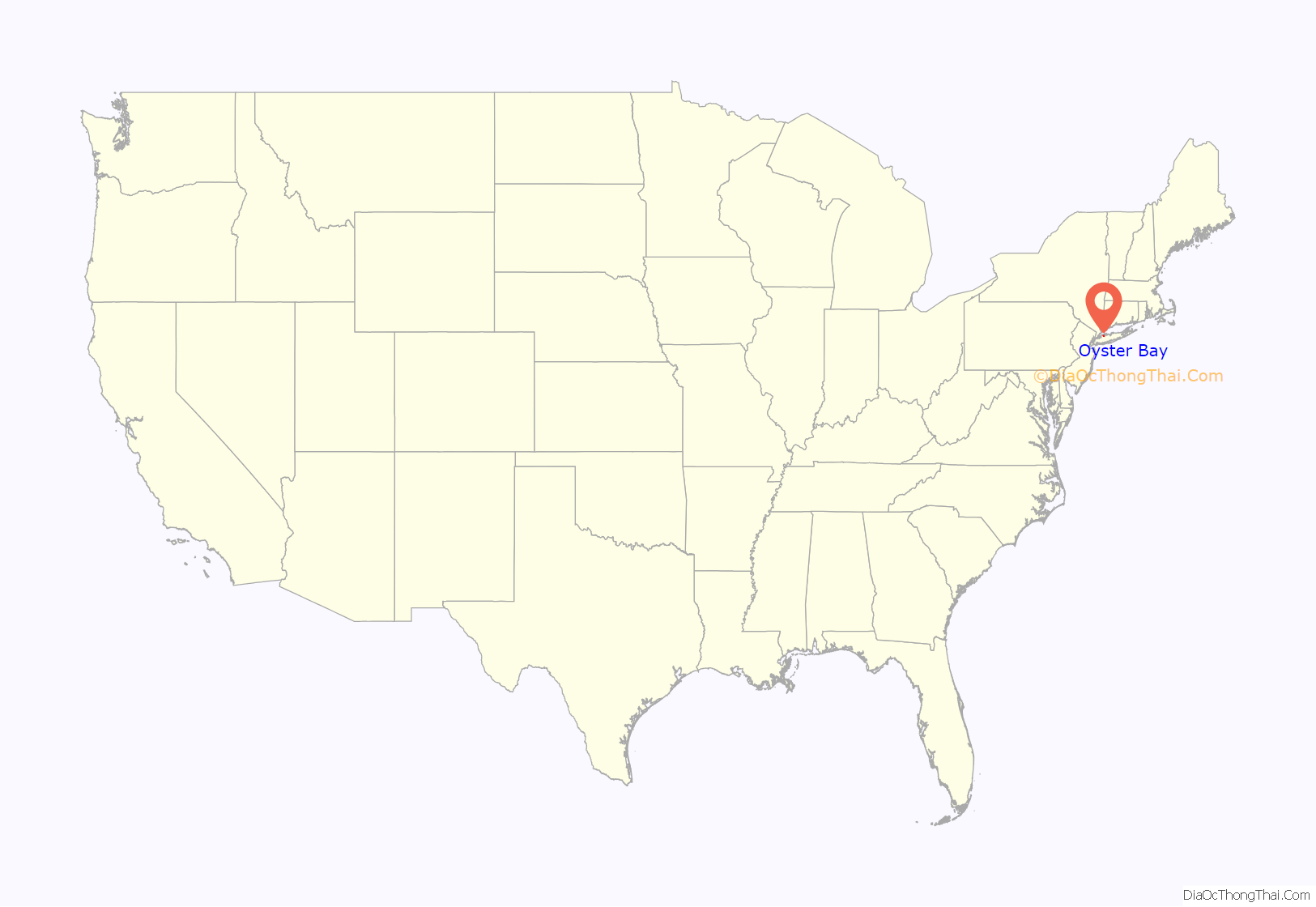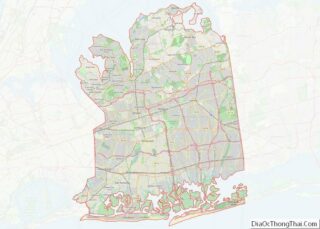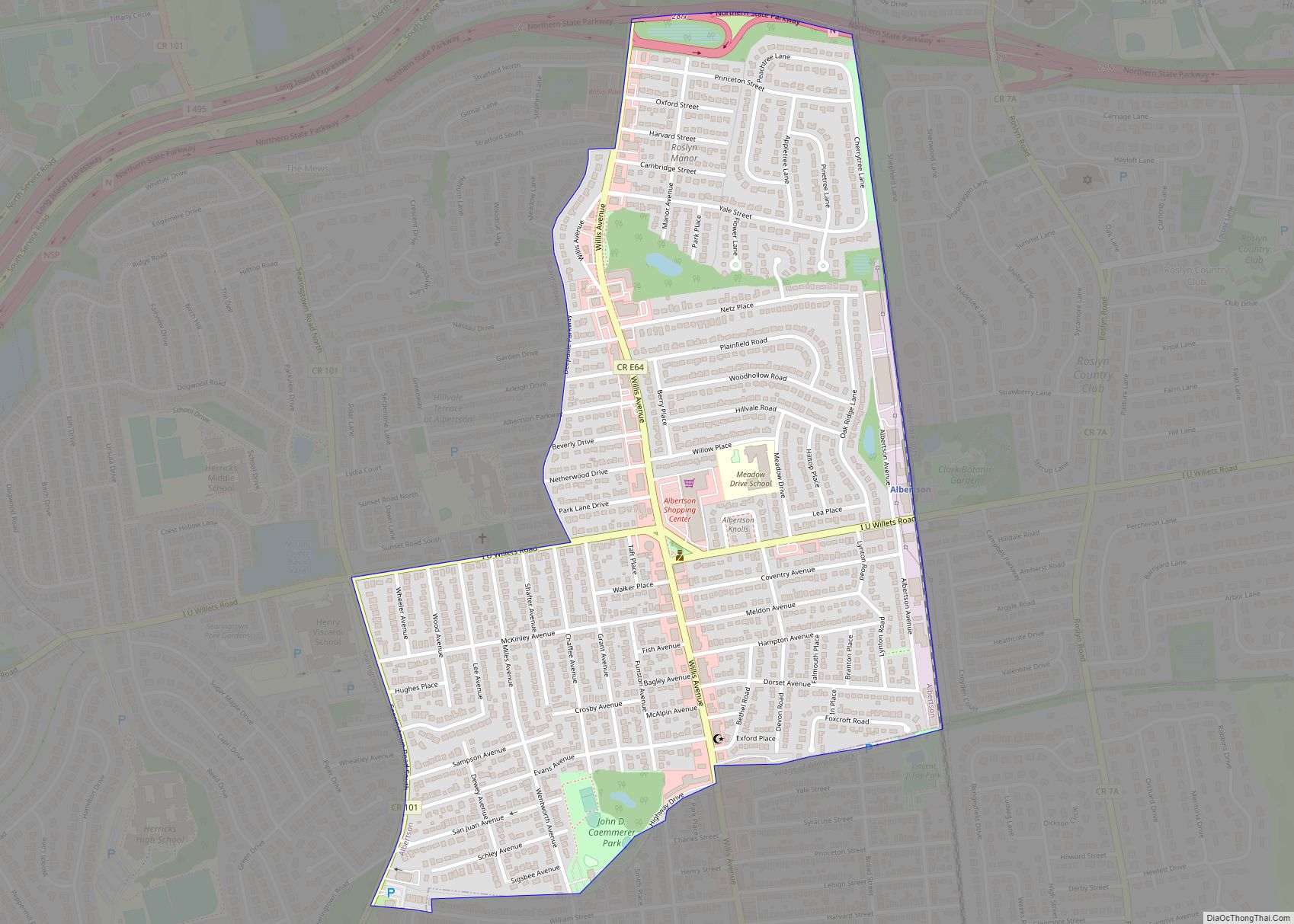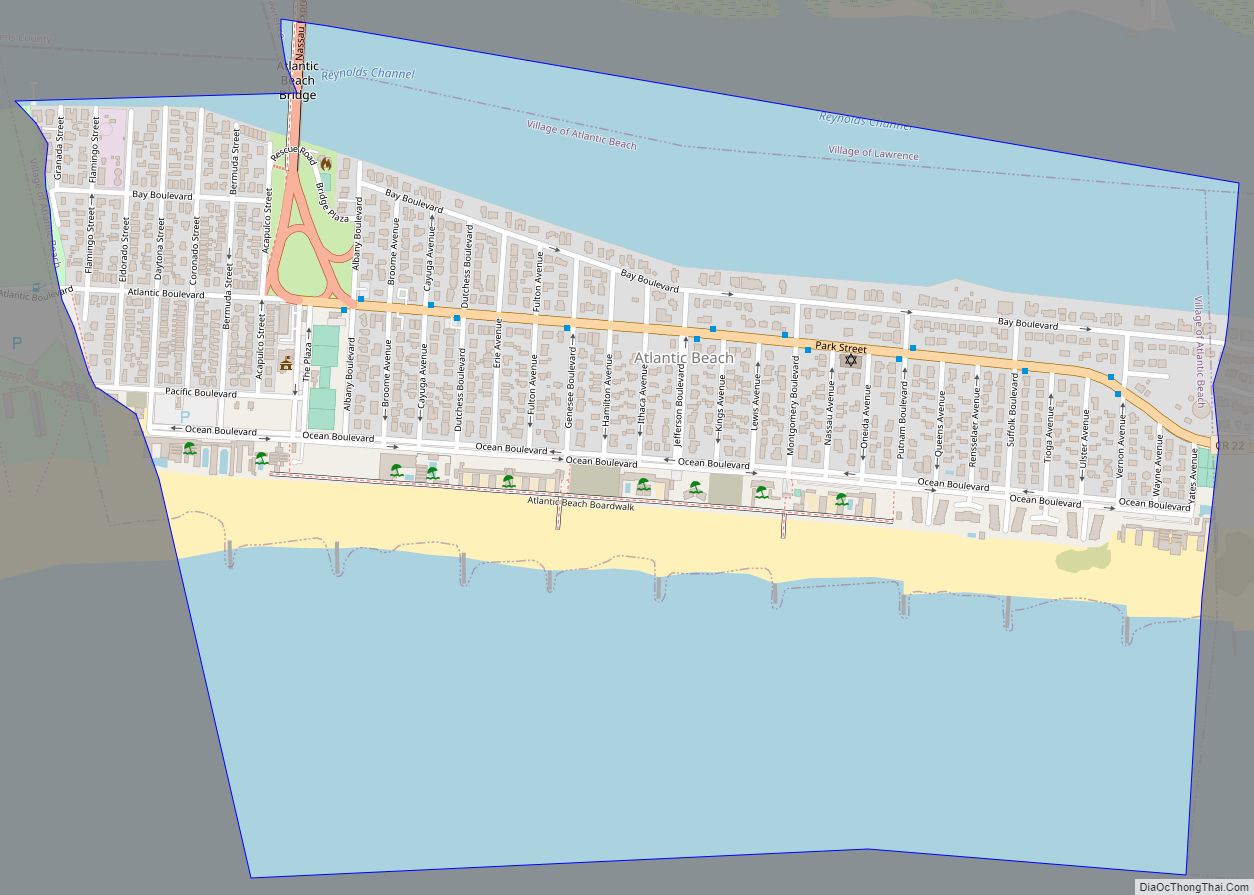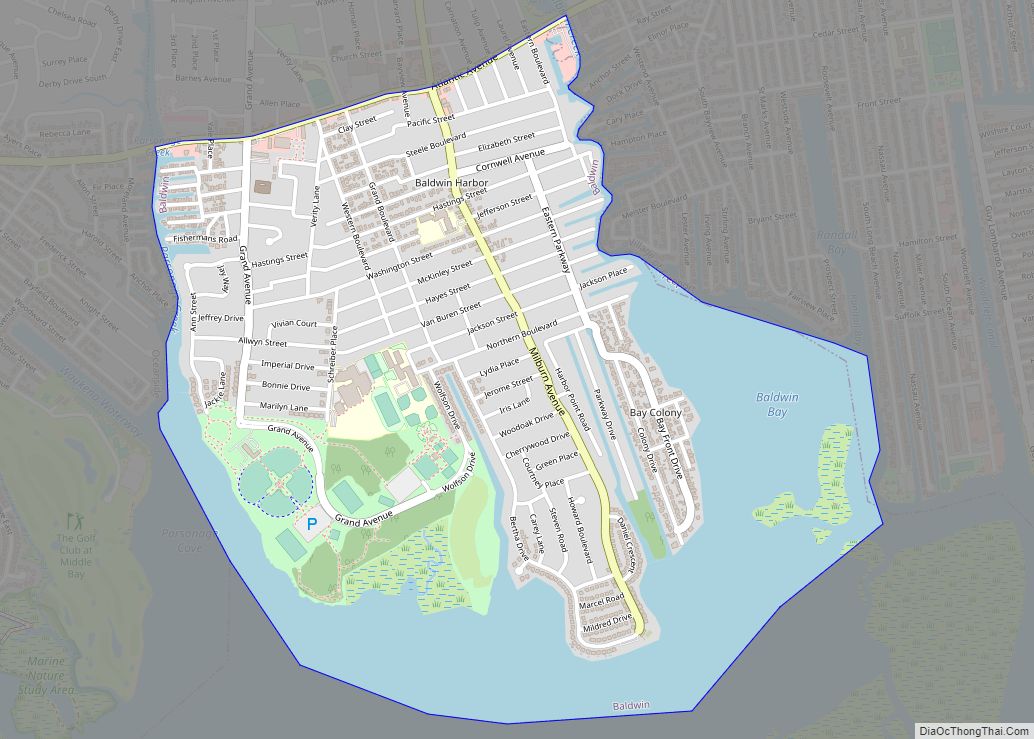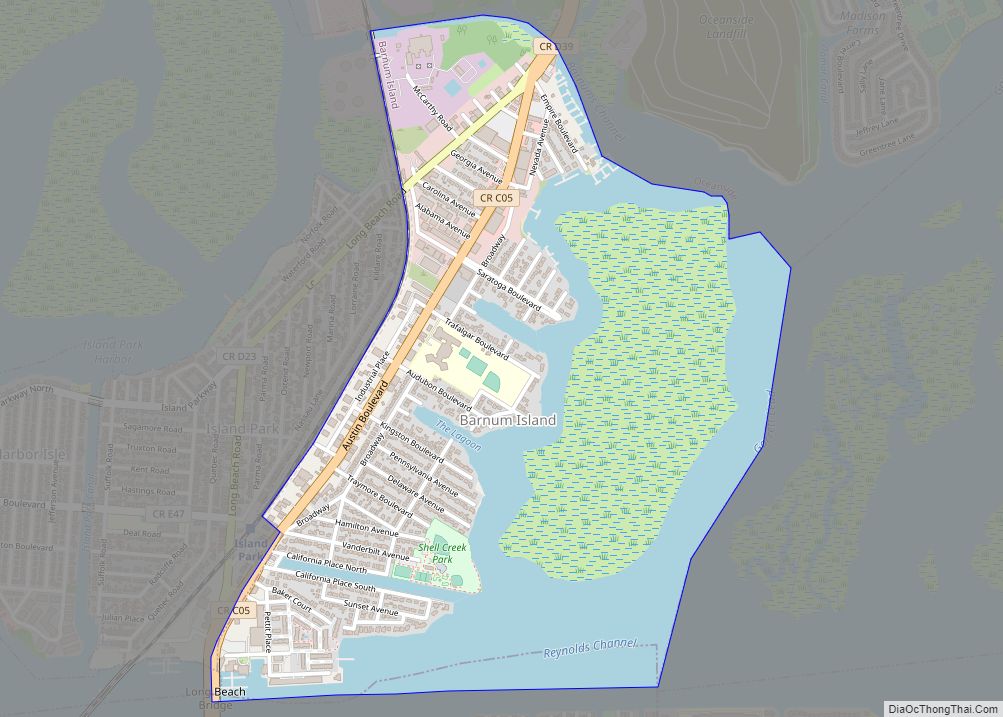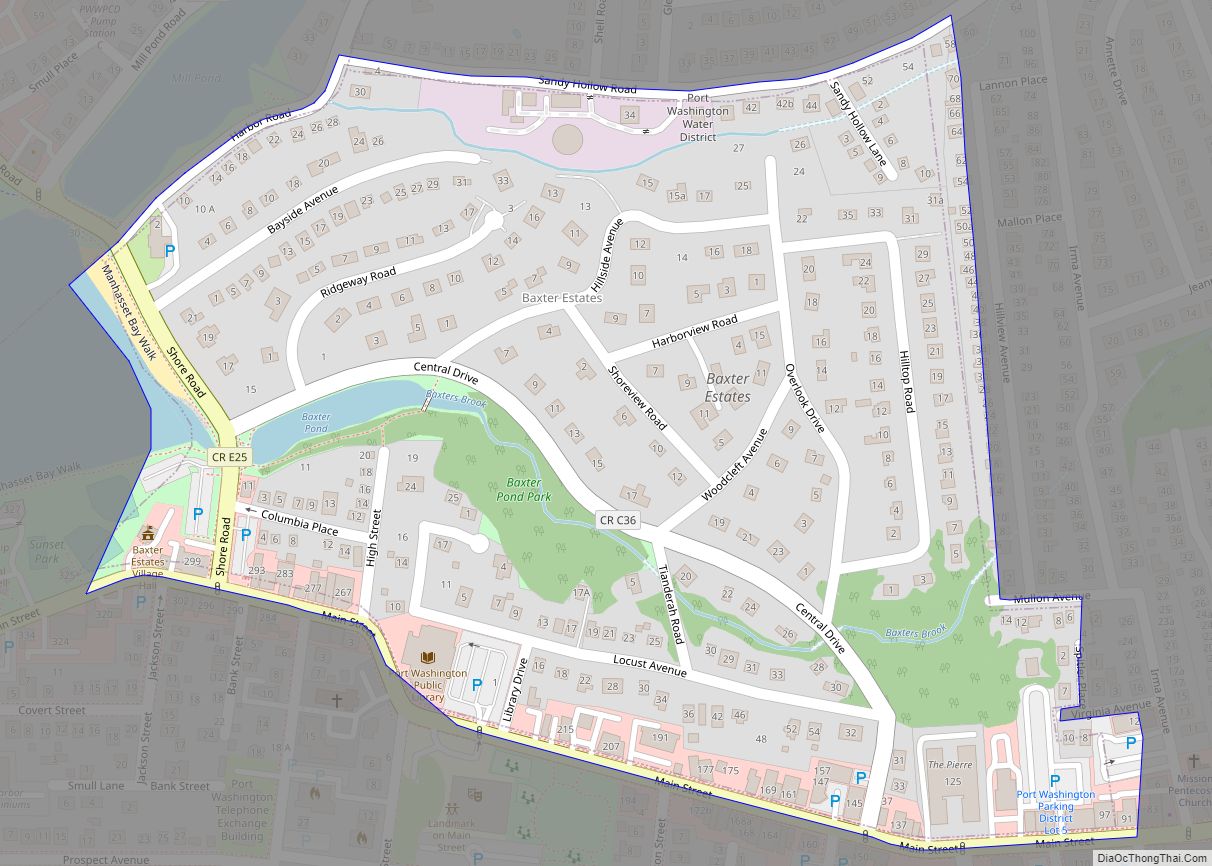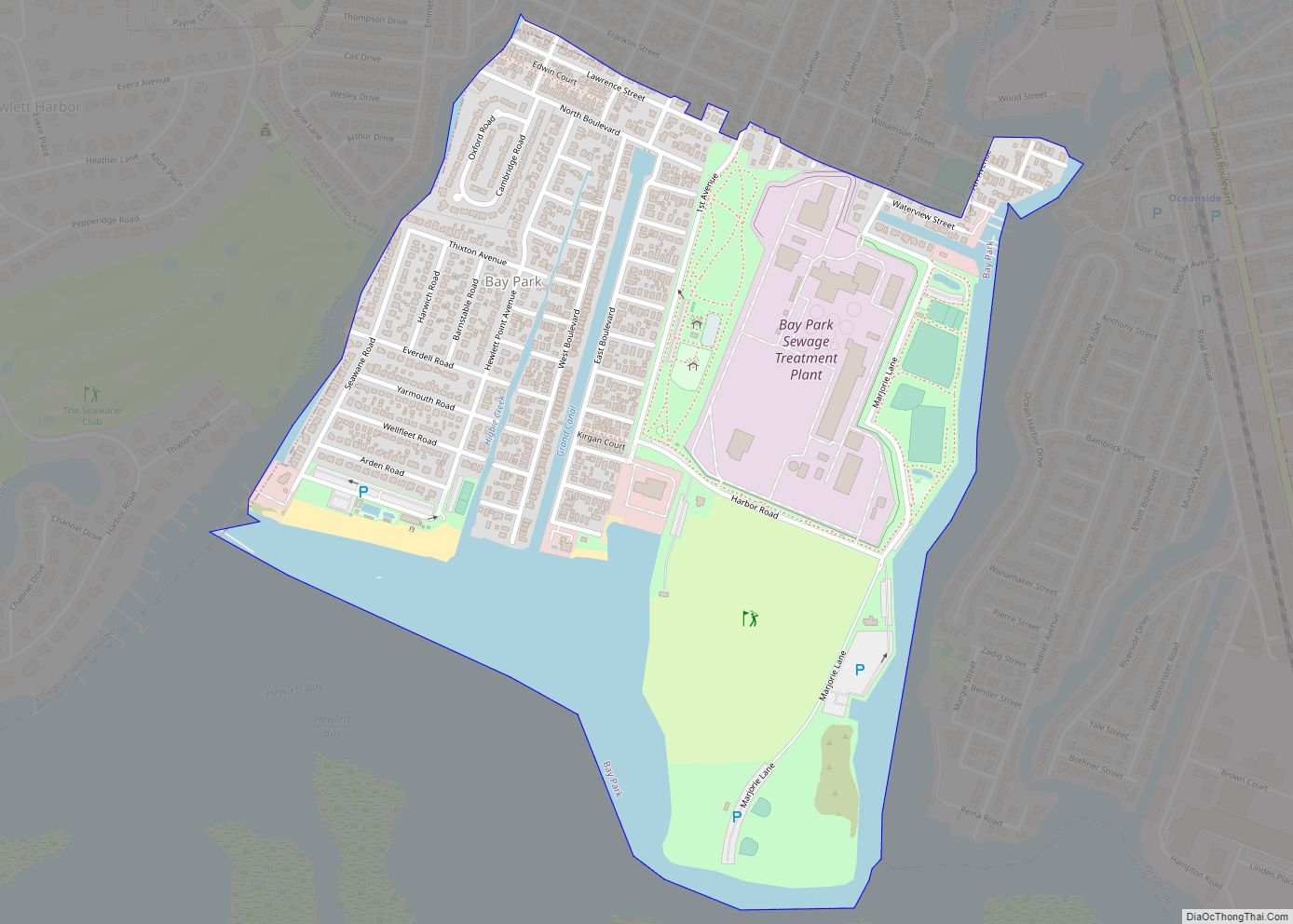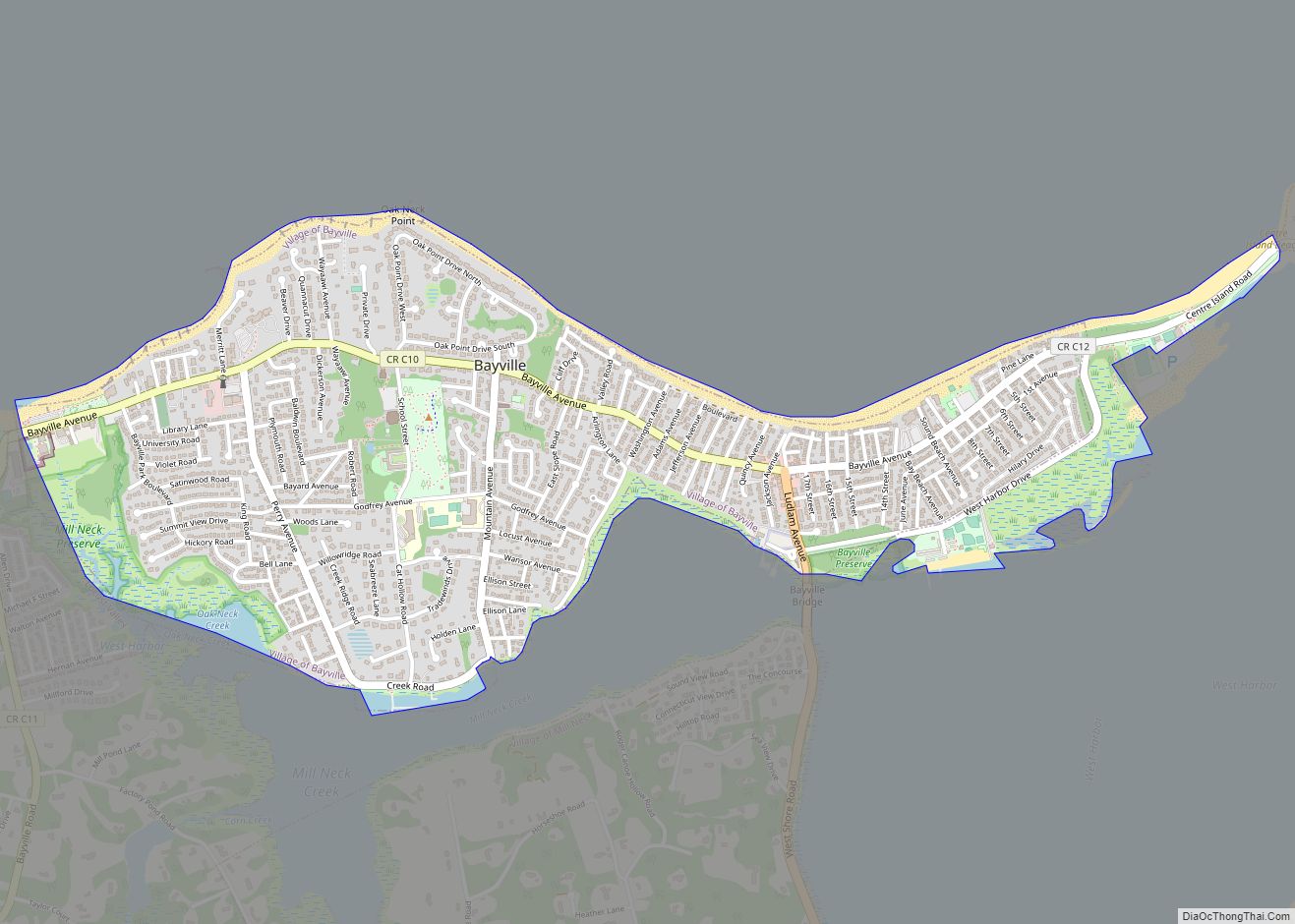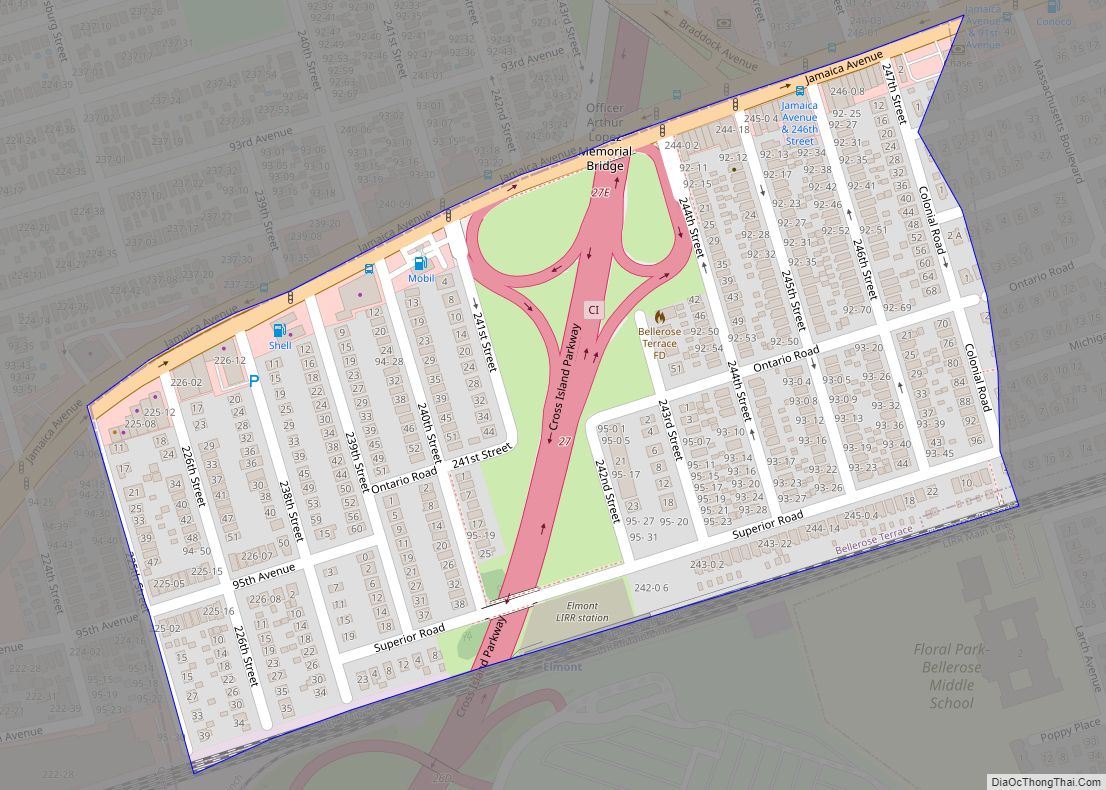Oyster Bay is a hamlet and census-designated place (CDP) within the town of Oyster Bay on the North Shore of Long Island in Nassau County in the state of New York, United States. The hamlet is also the site of a station on the Oyster Bay Branch of the Long Island Rail Road and the eastern termination point of that branch of the railroad.
The hamlet’s area was considerably larger before several of its parts incorporated as separate villages. At least six of the 36 villages and hamlets of the Town of Oyster Bay have shores on Oyster Bay Harbor and its inlets, and many of these were previously considered part of the hamlet of Oyster Bay; three of those are now known as Mill Neck, Bayville & Centre Island. The Oyster Bay Post Office (ZIP code 11771) serves portions of the surrounding villages also, including Oyster Bay Cove, Laurel Hollow, Mill Neck, Muttontown, Centre Island, Cove Neck, and Upper Brookville.
The population of the CDP of Oyster Bay as of the 2010 Census was at 6,707.
| Name: | Oyster Bay CDP |
|---|---|
| LSAD Code: | 57 |
| LSAD Description: | CDP (suffix) |
| State: | New York |
| County: | Nassau County |
| Elevation: | 180 ft (55 m) |
| Total Area: | 1.61 sq mi (4.16 km²) |
| Land Area: | 1.24 sq mi (3.20 km²) |
| Water Area: | 0.37 sq mi (0.96 km²) |
| Total Population: | 7,049 |
| Population Density: | 5,698.46/sq mi (2,200.23/km²) |
| ZIP code: | 11771 |
| Area code: | 516 |
| FIPS code: | 3655992 |
Online Interactive Map
Click on ![]() to view map in "full screen" mode.
to view map in "full screen" mode.
Oyster Bay location map. Where is Oyster Bay CDP?
History
The first mention of Oyster Bay comes from Dutch Captain David Peterson de Vries, who in his journal recalls how on June 4, 1639, he “came to anchor in Oyster Bay, which is a large bay which lies on the north side of the Great Island… There are fine oysters here, whence our nation has given it the name of Oyster Bay.”
Oyster Bay was settled by the Dutch, and was the boundary between the Dutch New Amsterdam colony and the English New England colonies. The English, under Peter Wright, first settled in the area in 1653. The boundary between the Dutch and English was somewhat fluid which led to each group having their own Main Street. Many Quakers came to Oyster Bay, escaping persecution from Dutch authorities in New Amsterdam. These included Elizabeth Feake and her husband Captain John Underhill, whom she converted to Quakerism.
Other notable Quakers to settle in Oyster Bay were the brothers John Townsend and Henry Townsend. Noted dissenter and founder of Quakerism George Fox visited Oyster Bay in 1672, where he spoke with the Wrights, Underhill and Feake at a Quaker gathering on the site of Council Rock, facing the Mill Pond.
During the Revolutionary War, Raynham Hall was owned by the irredentist Townsend family. For a six-month period from 1778 to 1779, the Townsend home served as British headquarters for the Queen’s Rangers led by Lt. Col. John Graves Simcoe. Simcoe was often visited by British officer Major John Andre. According to legend, on one of these visits Samuel Townsend’s daughter Sally Townsend overheard the two officers discussing Benedict Arnold’s traitorous plot to surrender the fort at West Point to the British. The plot was thwarted when three Americans on patrol captured Andre near West Point, preventing what would have been a disastrous defeat for the colonists in the Revolutionary War.
In the 1880s, the Long Island Rail Road (LIRR) extended rail service from Locust Valley as a means to establish a connection between New York and Boston, via steamboat on Long Island Sound. On June 21, 1889, the first LIRR train arrived in Oyster Bay. In the following year, service commenced with the train coaches being loaded onto a ferry for a connection to the New Haven Railroad at Norwalk, CT. Service lasted less than a year.
Around the time railroad service was introduced, Theodore Roosevelt, the future 26th President of the United States, chose to make his home at Sagamore Hill, in present-day Cove Neck, a neighboring incorporated village (Cove Neck was not incorporated until 1927). Sagamore Hill was completed in 1886. This is where Roosevelt lived until his death in 1919. His wife Edith Roosevelt continued to occupy the house until her death, nearly three decades later, in September 1948. On July 25, 1962, Congress established the Sagamore Hill National Historic Site to preserve the house.
Efforts to honor Theodore Roosevelt in Oyster Bay have greatly improved the hamlet. These include design of the Theodore Roosevelt Memorial Park. Other Roosevelt-related landmarks have been restored including Snouder’s Drug Store – location of the first telegraph in Oyster Bay, Moore’s Building – today the Wild Honey restaurant, and proposals to restore the Oyster Bay Long Island Rail Road Station – home station of TR and the Octagon Hotel – built in 1851 and once home to offices of Governor Roosevelt. A local non-profit, the Oyster Bay Main Street Association, developed an audio tour of these historic sites and many others called the Oyster Bay History Walk.
The oysters that give the bay its name are now the only source of traditionally farmed oysters from Long Island, providing up to 90% of all the oysters harvested in New York State.
When Hurricane Sandy hit Oyster Bay in 2012, West Shore Road was demolished. Due to the damages, commuters between Bayville and Oyster Bay had to take a detour through Mill Neck, on-and-off for 4 years.
Oyster Bay Road Map
Oyster Bay city Satellite Map
Geography
According to the United States Census Bureau, the CDP has a total area of 1.6 square miles (4.1 km), of which 1.2 square miles (3.1 km) is land and 0.4 square miles (1.0 km) (23.60%) is water.
For the 2000 census, the CDP was enlarged beyond the boundaries used for the 1990 census.
See also
Map of New York State and its subdivision:- Albany
- Allegany
- Bronx
- Broome
- Cattaraugus
- Cayuga
- Chautauqua
- Chemung
- Chenango
- Clinton
- Columbia
- Cortland
- Delaware
- Dutchess
- Erie
- Essex
- Franklin
- Fulton
- Genesee
- Greene
- Hamilton
- Herkimer
- Jefferson
- Kings
- Lake Ontario
- Lewis
- Livingston
- Madison
- Monroe
- Montgomery
- Nassau
- New York
- Niagara
- Oneida
- Onondaga
- Ontario
- Orange
- Orleans
- Oswego
- Otsego
- Putnam
- Queens
- Rensselaer
- Richmond
- Rockland
- Saint Lawrence
- Saratoga
- Schenectady
- Schoharie
- Schuyler
- Seneca
- Steuben
- Suffolk
- Sullivan
- Tioga
- Tompkins
- Ulster
- Warren
- Washington
- Wayne
- Westchester
- Wyoming
- Yates
- Alabama
- Alaska
- Arizona
- Arkansas
- California
- Colorado
- Connecticut
- Delaware
- District of Columbia
- Florida
- Georgia
- Hawaii
- Idaho
- Illinois
- Indiana
- Iowa
- Kansas
- Kentucky
- Louisiana
- Maine
- Maryland
- Massachusetts
- Michigan
- Minnesota
- Mississippi
- Missouri
- Montana
- Nebraska
- Nevada
- New Hampshire
- New Jersey
- New Mexico
- New York
- North Carolina
- North Dakota
- Ohio
- Oklahoma
- Oregon
- Pennsylvania
- Rhode Island
- South Carolina
- South Dakota
- Tennessee
- Texas
- Utah
- Vermont
- Virginia
- Washington
- West Virginia
- Wisconsin
- Wyoming
